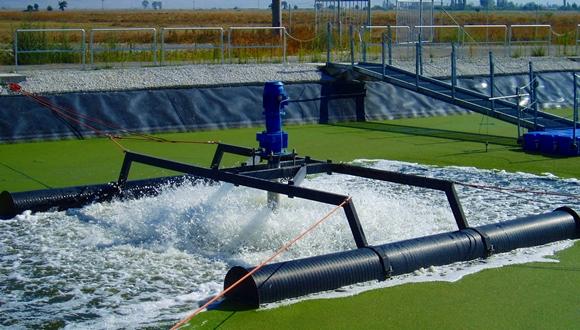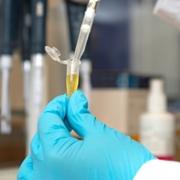The Impact of Treated Waste Water Usage On the Spread Of Microbial Antibiotic Resistance in Water and Soil
Student: Eyal Tsitsianov
Advisors: Dr. Dror Avisar and Dr. Uri Gophna
Student: Eyal Tsitsianov
Advisors: Dr. Dror Avisar and Dr. Uri Gophna
The increasing incidence rate of bacterial resistance to antibiotics is a well-known phenomenon, which has mostly been addressed in the context of antibiotic-resistant pathogens that are frequently encountered in hospitals and clinics. However, it has been found recently that other environments such as municipal waste/treated wastewater (effluents), rivers and in some cases ground water (including drinking water) and soils (exposed to treated wastewater) can contain residues of antibiotics (or their metabolites), along with a relatively high ratio of resistant bacteria.
This phenomenon is presumably the result of the high level of antibiotic consumption by households, the fact that most antibiotics undergo only partial metabolism in the human body (from where they are excreted, later to accumulate in urban wastewater), and the fact that most wastewater treatment plant (WWTP) processes can only reduce the level of antibiotic residues and resistant bacteria to a limited extent. These recent findings have raised many concerns – the major one being the potential spread of antibiotic resistance among bacteria in the environment. This is mostly a health concern, since it can potentially lead to a rise in the prevalence of resistant pathogenic bacteria. In addition, it can have a negative influence on the microbial community's structure and diversity, which can impact various biogeochemical cycles in nature that are dependent on specific microbial activities.
Since Israel is a leading country in the use of reclaimed wastewater for agriculture, and because residues of antibiotics and high ratios of resistant bacteria were found in local effluents, the concerns mentioned above are relevant to this country. Yet, since the residues of antibiotics in treated water are at concentrations that are usually six orders of magnitudes lower than the MIC (Minimum Inhibitory Concentration for bacteria), and because resistant bacteria in effluents are often unable to flourish in new water and soil niches, the impact on microbial ecology remains unclear. It was found that in Israel, like other countries, secondary effluents and soils irrigated with them contain a higher ratio of resistant bacteria than natural water and soil environments.
In addition, resistant bacteria originally found in the effluents is the only factor responsible for the spread of antibiotic resistance between water and soil bacteria. Moreover, found that neither the usual concentrations of antibiotic residues in effluents (even at the high levels found in hospital wastewater), nor their general physiochemical characteristics alone, have an impact on the spread of antibiotic resistance, in either water or soil bacteria. Yet, regardless of the antibiotic-resistance phenomenon, these abiotic factors did have some limited impact on the microbial community's structure. In light of these findings, one may therefore conclude that WWTP effluents should undergo efficient bacterial disinfection processes – which would be more effective than eliminating tiny concentrations of antibiotics from the water. Despite the research conclusions, assessing whether such an increase can cause a realistic environmental threat in terms of microbial ecology, which can even pose a danger to human health over time, was not one of our research objectives. Nonetheless, we believe that the approaches, methods and results from this study will serve as a base for the development of a suitable model to address these important questions in any future research.




